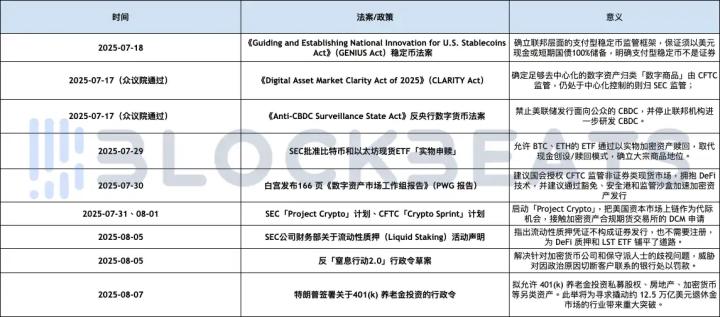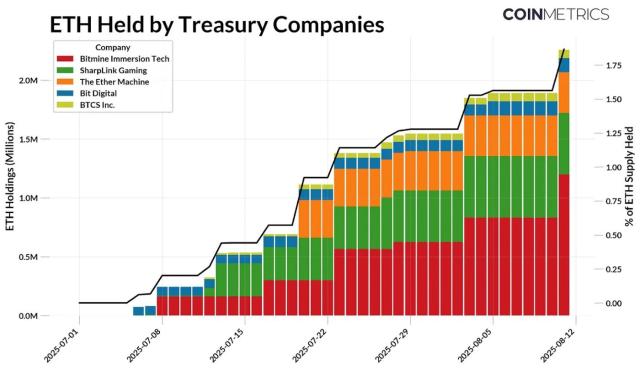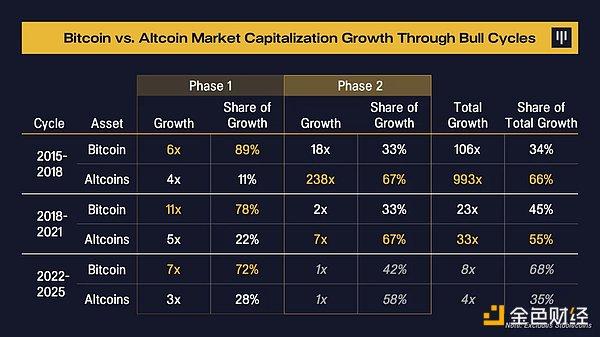Author: SK Lee
Translated by: Plain Blockchain
Introduction: A New Era of Digital Assets in Hong Kong
When the Stablecoin Regulations take effect on August 1, 2025, Hong Kong will officially enter a new phase of its digital asset ecosystem evolution. At the core of this transformation is a set of milestone anti-money laundering (AML) guidelines issued by the Hong Kong Monetary Authority (HKMA). These guidelines are not merely a procedural checklist—they represent a deliberately designed, meticulously constructed framework aimed at shaping a new generation of licensed, transparent, and globally credible stablecoins.
While these guidelines reiterate familiar regulatory pillars such as Customer Due Diligence (CDD) and Suspicious Transaction Reporting (STR), they introduce a decisive and globally significant requirement: the identity of each stablecoin holder must be continuously verifiable. This is not a one-time onboarding check; it is about maintaining an ecosystem where all participants in the value chain are known and identifiable.
This rule seems simple yet has a transformative scope: licensed stablecoins can only be transferred to wallet addresses confirmed to belong to verified individuals or entities. Verification can be provided by the issuer itself, regulated financial institutions, or trusted third-party providers. In short, HKMA envisions a stablecoin environment without anonymous corners, replacing opacity with accountability.
Why It Matters: Global Regulatory Landscape
For blockchain traditionalists and DeFi purists, such restrictions might seem to close the open architecture of permissionless systems, replacing the borderless spirit of public ledgers with a permissioned "closed-loop" model. However, this decision is not arbitrary—it is a sharp response to the increasingly strengthened scrutiny of anonymous transactions by the international community.
The Financial Action Task Force (FATF), the global leader in anti-money laundering standards, has long warned about the systemic risks posed by "non-custodial" or self-hosted wallets conducting direct peer-to-peer transactions. Because these transactions bypass regulated Virtual Asset Service Providers (VASPs), they escape traditional KYC controls and the Travel Rule's obligation to identify sender and receiver information accompanying each relevant transaction. HKMA's new requirements are essentially a preemptive strike against this loophole—embedding compliance rules directly into the asset's inherent nature.
The Bank for International Settlements (BIS) adds another layer to this argument. Through multiple reports, it emphasizes the "decentralization illusion" in many DeFi systems. While the infrastructure may be distributed, actual decision-making and control are often concentrated among identifiable developers, operators, or governance bodies. In such a scenario, allowing completely anonymous transactions would undermine the ability to apply Anti-Money Laundering/Combating the Financing of Terrorism (AML/CFT) rules and potentially destabilize financial systems. The BIS argues that to smoothly and safely integrate DeFi projects with traditional finance, structural compliance gaps must be closed. Thus, HKMA's stance is both to meet today's global standards and to safeguard the future of Hong Kong's ecosystem.
How to Implement: Embedding Compliance in Code
Of course, the challenge lies in actual implementation: how to enforce such rules on public blockchains without compromising asset usability and liquidity?
The answer is to build compliance into the Token's DNA—making transfers possible only when certain rules are met. Technically, this is achieved through a "permissioned Token" architecture that checks wallet eligibility on-chain before settling transactions. Such design revolves around whitelisting: transfers succeed only when both sender and receiver wallet addresses are pre-approved.
A mature and highly relevant framework is ERC-3643, a formal Ethereum Token standard optimized for regulated digital assets like stablecoins and tokenized securities.
ERC-3643 in Practice
ERC-3643 is more than a technical specification; it is a comprehensive compliance framework directly woven into digital assets' structure. It achieves this by clearly separating the legal and regulatory "rules of the game" from the Token's core transaction logic while tightly binding them to work seamlessly. At the core of this architecture is the Token contract, an on-chain code snippet representing the stablecoin itself. Unlike traditional Tokens, it is programmed to verify certain conditions before a transfer occurs. Instead of immediately moving funds from one wallet to another, the Token contract pauses to consult a second-layer infrastructure—the compliance contract.
The compliance contract acts as an automatic gatekeeper, a programmable set of instructions determining whether a transaction is allowed. To make such judgments, it relies on a third key component: the identity registry. This registry is an on-chain directory linking each wallet address to a series of verifiable attributes of its owner, typically called "claims". These claims might confirm that the holder has passed Know Your Customer (KYC) checks, indicate their residential jurisdiction, or record whether their address is flagged for sanctions.
When someone attempts to send a stablecoin, the Token contract queries the compliance contract, which cross-checks the claims of the sender and receiver stored in the identity registry. The transfer proceeds only when all required conditions—such as KYC approval or sanctions clearance—are fully satisfied. This entire process happens in real-time, without any manual intervention, embedding compliance directly into the speed and certainty of blockchain transactions. It is instantaneous, impartial, and transparent, providing regulators with a living, auditable record of rule application.
Through this interaction of Tokens, registry, and compliance logic, ERC-3643 transforms regulatory guidelines into self-executing on-chain controls. It makes anonymous transfers nearly impossible, allows problematic addresses to be frozen or restricted instantly, facilitates compliance with Travel Rule obligations, and provides regulators a clear window into how compliance is applied across the ecosystem. Essentially, it shifts enforcement from paper policies to native blockchain behavior.
Conclusion: Building Bridges, Not Closing Doors
Hong Kong's stablecoin regulation is more than a compliance signal—it signals the city's intent to become a global center for regulated digital assets. By requiring verifiably identifiable participation, HKMA is creating conditions for stablecoins to become a trusted, mainstream financial instrument, rather than a niche or speculative tool.
For issuers, the message is clear: adopting technologies like ERC-3643 is rapidly shifting from "forward-looking" to operationally essential. It addresses policy requirements like the FATF Travel Rule, provides transparent oversight for regulators, and reassures institutional players concerned about reputational risks.
Far from stifling innovation, designing compliance into code expands the realm of legitimate use cases—from retail payments to cross-border settlements—and strengthens the bridge between Web3 innovation and traditional finance.
In this process, Hong Kong is not abandoning decentralized finance; it is laying the foundation for a resilient, trustworthy, and globally connected stablecoin ecosystem—one that the international community can trust and markets can confidently embrace.
Looking ahead, an urgent question emerges: can this process evolve into something both more secure and more user-friendly if identity verification and wallet address registration become standard practice in FATF member jurisdictions and major financial centers? The answer may lie in the maturation of blockchain-based Decentralized Identity (DID) solutions, which promise to give individuals more control over personal data while meeting regulators' stringent requirements. Whether such technologies will rise to become the preferred bridge between regulatory compliance and digital asset user convenience remains to be seen.
Twitter: https://twitter.com/BitpushNewsCN
Bitpush Telegram Community: https://t.me/BitPushCommunity
Bitpush Telegram Subscription: https://t.me/bitpush







